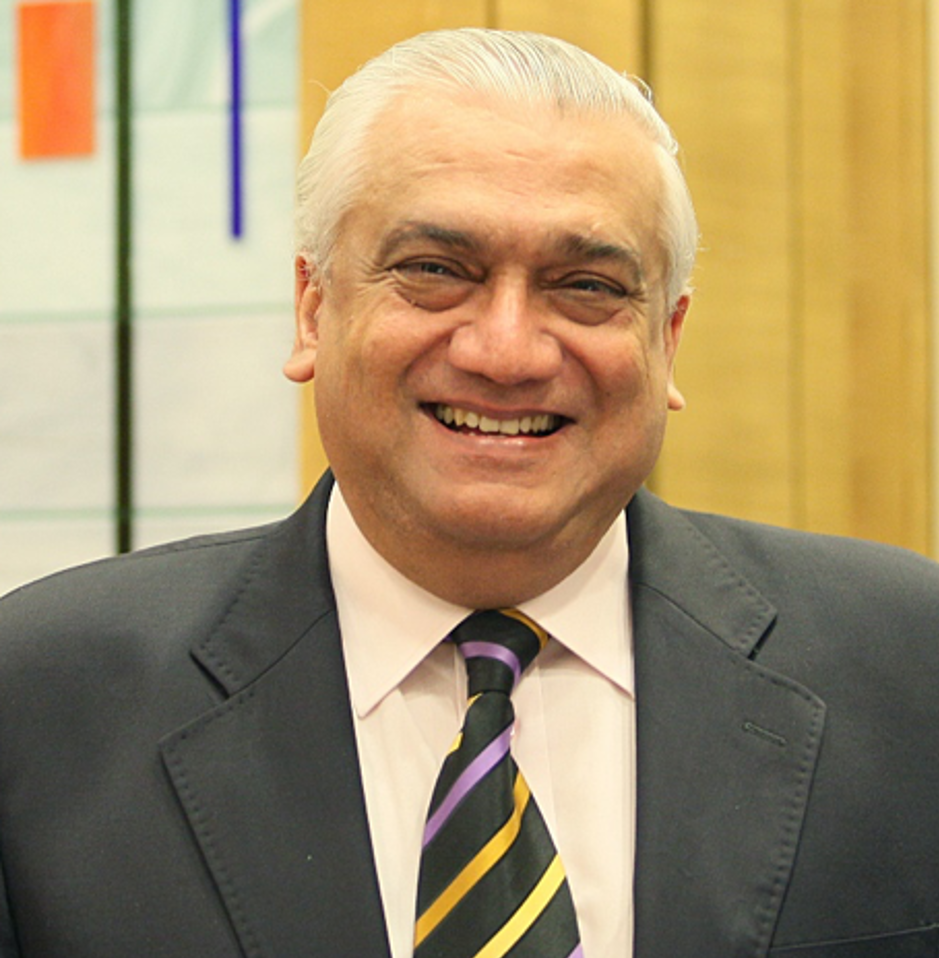The GCC and Infrastructure Connectivity in the Changing Geopolitical and Geoeconomic Landscape
The Gulf is located at a crucial juncture connecting three continents of Asia, Africa and Europe. It is also a geographical hub linking the Arabian Sea, the Red Sea, the Gulf of Aden, and the Persian Gulf. The Gulf states are leading investors in critical infrastructure around the world and have become prominent in markets spanning from East Asia, South-East Asia, South Asia, Africa, Central Asia to Europe. At the new age of re-globalisation ...
Abstract
The Gulf is located at a crucial juncture connecting three continents of Asia, Africa and Europe. It is also a geographical hub linking the Arabian Sea, the Red Sea, the Gulf of Aden, and the Persian Gulf. The Gulf states are leading investors in critical infrastructure around the world and have become prominent in markets spanning from East Asia, South-East Asia, South Asia, Africa, Central Asia to Europe. At the new age of re-globalisation and with the surge of the Global South, the Gulf countries are reshaping global, regional, and local infrastructure interconnectivity.
Description and Rationale
Context
At the global level, China, the largest trading partner and the largest oil-importer of the Gulf, is engaging the Gulf through the Belt and Road Initiative (BRI), which has entered the second phase of “high-quality development”. As of 2025, all the Gulf countries have signed MOU with China on BRI Cooperation. China is fostering its infrastructure investment in the Gulf, including railways, seaports, smart cities, and 5G infrastructure. China is also making use of its geographical location to integrate the Gulf and Asia-Pacific economies through regionalisation initiatives, such as Asian Infrastructure Investment Bank (AIIB), the BRICS New Development Bank, China-Arab States Cooperation Forum and China-GCC Strategic Dialogue. China is proactive in building, operating, and investing in over a dozen commercial seaports, industrial parks, and high-tech zones along the maritime Silk Road with the Gulf as the centrepiece. China and other Asia-Pacific countries are collectively promoting the expansion of the Shanghai Cooperation Organisation (SCO) and the BRICS for Eurasian infrastructure interconnectivity, represented by China-Europe Railway Express and China-Kyrgyzstan-Uzbekistan Railway. India is also promoting interconnectivity with the Gulf through various mechanisms. With substantial political and economic ties across Asia and Western states, led by the US, India highlights that it bridges the “Global West” with the “Global South”. While India is a member of the Indo-Pacific QUAD, the India Israel-UAE-US (I2U2), and the India-Middle East-Europe Economic Corridor (IMEC), it has also institutionalised its relations with its Asian neighbours through entities such as BIMSTEC, SCO, BRICS, and the ASEAN-India Partnership for Peace, Progress and Shared Prosperity, which sets out the roadmap for long-term Asia-Indian Ocean-Gulf engagement.









